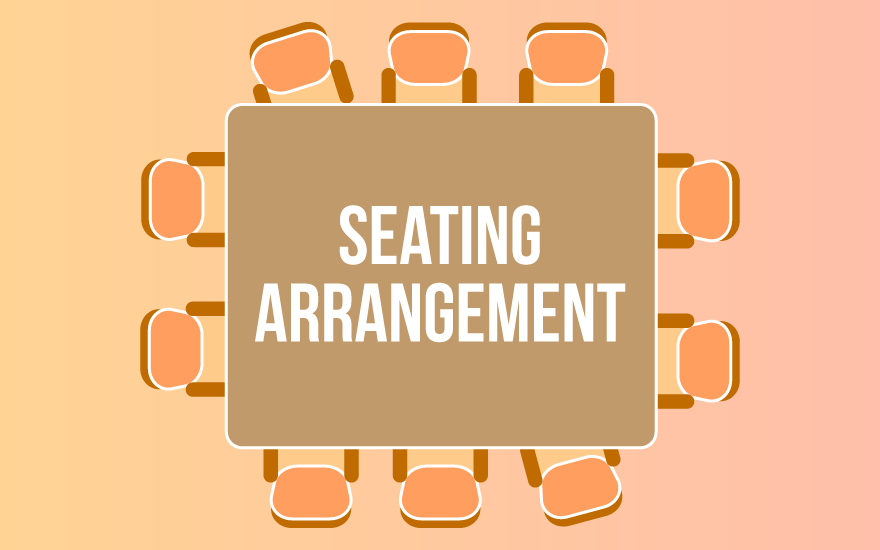Lecture chair [เก้าอี้ แล ค เชอ ร์, which is the term in Thai] and tables have a huge impact on learning. Seating arrangement has the ability to influence the style of teaching and the communication between students and the lecturer. Lecture chairs make students comfortable thus, increasing their concentration in the lecture. In recent research it was found that students prefer flexible seating arrangements over fixed seating arrangements. All the components of a lecture room support students in learning in their own way. Many universities use flexible as well as fixed seating arrangements. Generally the fixed seating arrangements are used in auditoriums.
Variety of classroom seating arrangement
- Traditional: The traditional method of seating arrangement is one where the chairs are setup in a row. The students face the professor with their backs facing other students. This is the most common type of seating arrangement.
- Roundtable: This type of seating arrangement is generally used in the seminar. The student sits around the table along with the instructor. The students and professors face each other in this type of setup.
- Pods: This type of seating arrangement is used when a pair of two or more students are working on a single project. Each group of students is given a table and chairs for each student.
Benefits if the flexible seating arrangement
- Collaboration: Flexible seating arrangement makes it is easy to collaborate with small groups. This type of seating arrangement allows the students to communicate with each other without any barriers.
- Comfort: If the students are not comfortable they lose their concentration which eventually leads to a reduction in productivity. Students remain active throughout the day when allowed to sit in their preferred place.
- Communication: With flexible seating the students are given a chance to interact with each other. Communication helps students to sharpen their thinking skills, problem solving skills as well as leadership skills.








+ There are no comments
Add yours